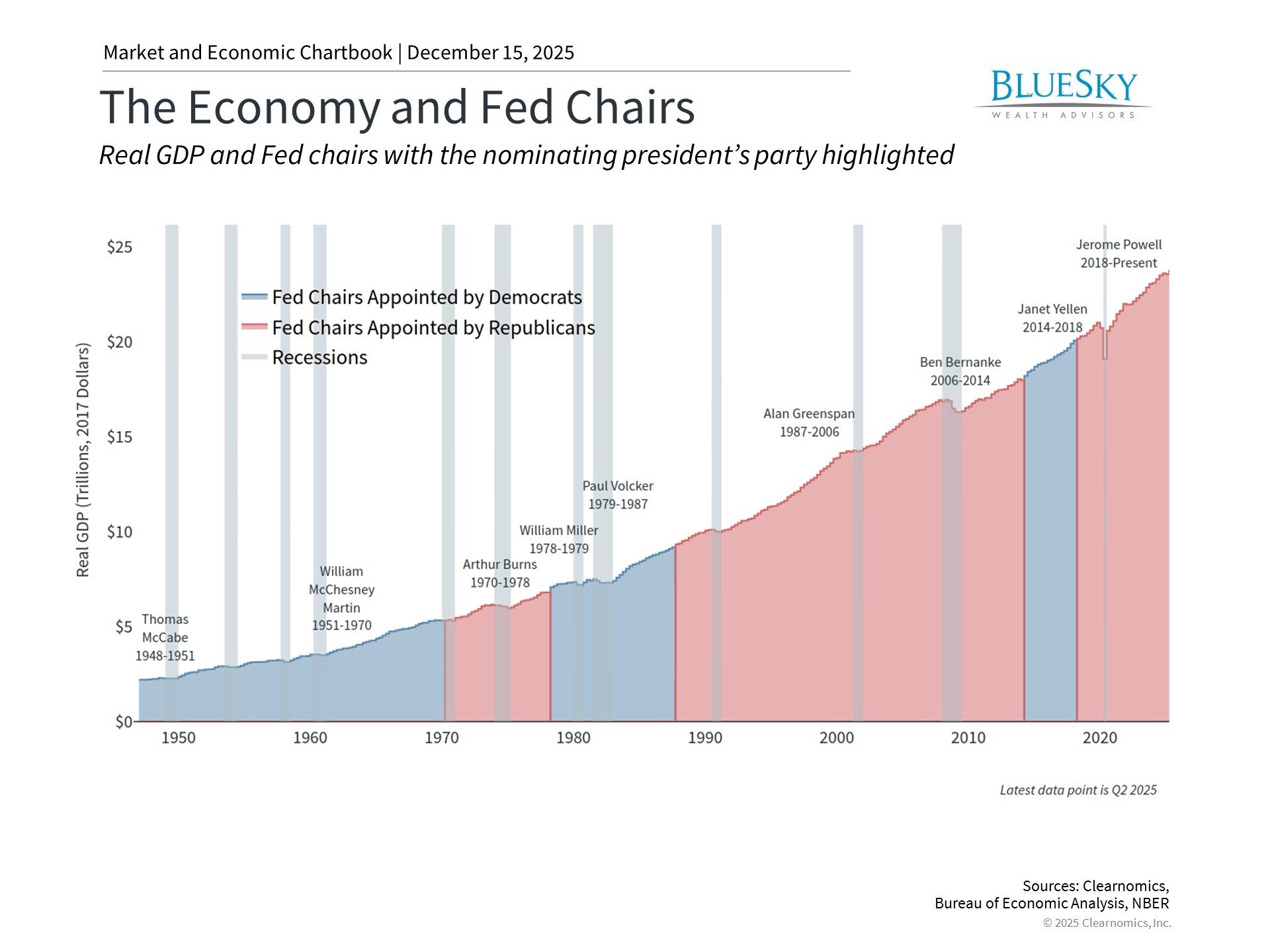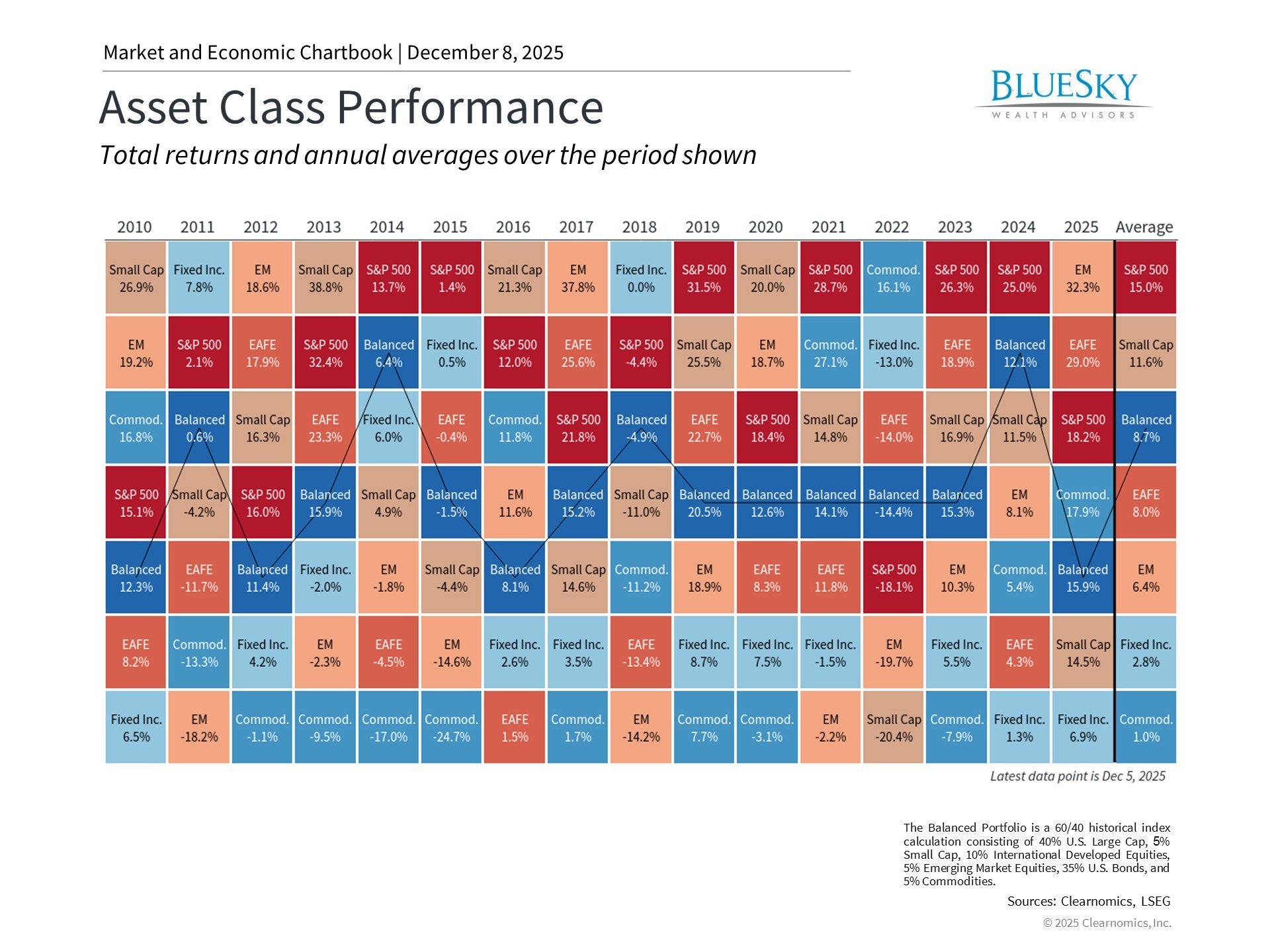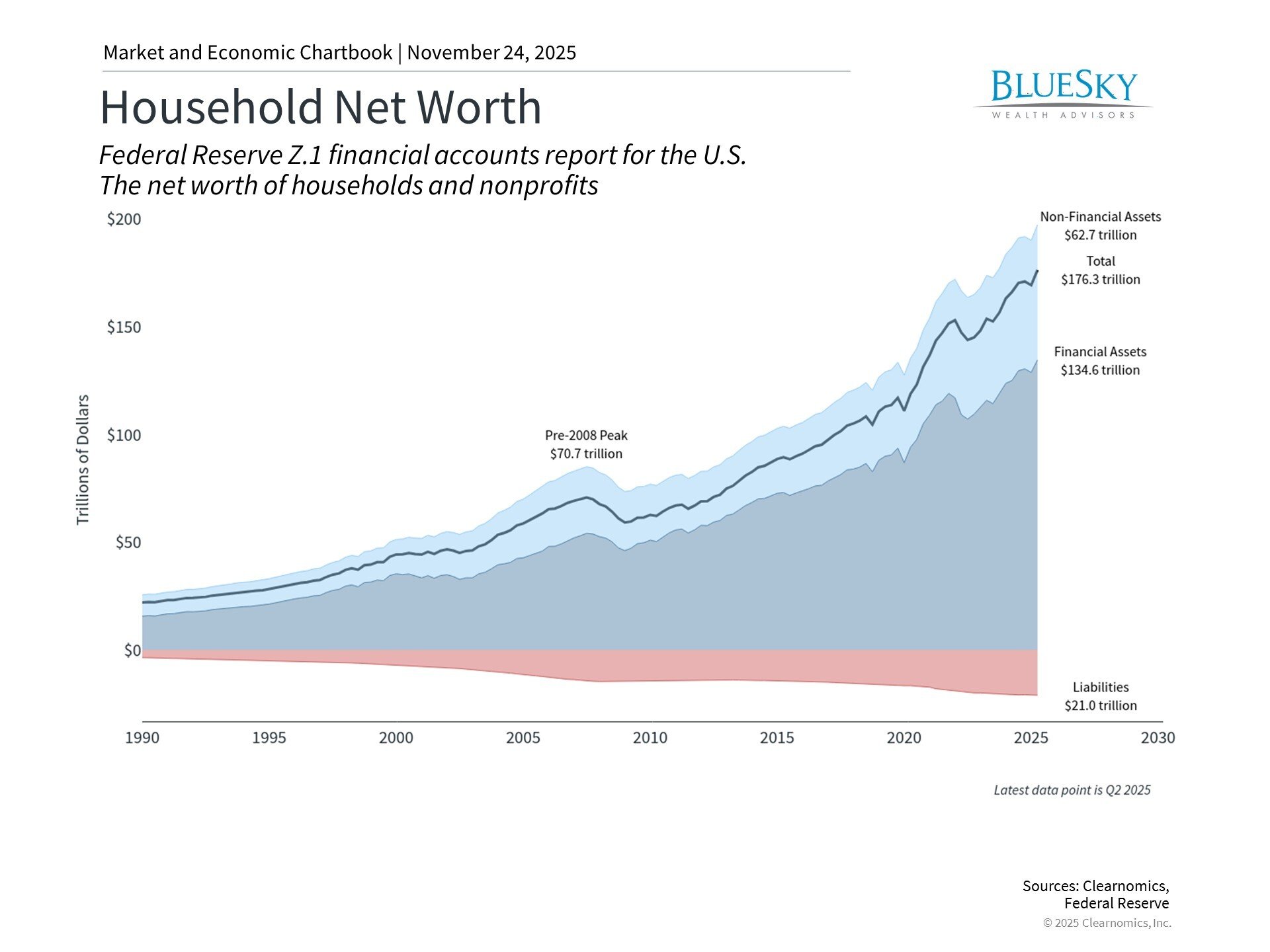
Top 5 Tax Planning Strategies for High Earners in 2024
Top 5 Tax Planning Strategies for High Earners in 2024

Tax planning strategies are crucial for managing and minimizing your tax liability, especially if you’re a high-income individual. Effective tax planning involves understanding the complexities of tax laws and leveraging various strategies to ensure you’re not only compliant but also maximizing your financial efficiency.
Tax planning is not just about fulfilling legal obligations; it’s also about enhancing your financial strategy to ensure each dollar is optimized for maximum benefit, both now and in the future. For high-income earners, the stakes are particularly high as the potential savings and consequences are more significant. Often, high earners face unique challenges such as higher tax rates, complex investment opportunities, and varied income streams, each bringing its nuances to tax strategy.
Proactive tax planning is essential in safeguarding your wealth and redirecting more resources towards investment and growth. By understanding your specific tax obligations and planning strategically around them, you can significantly reduce your tax burden and improve your financial outcomes.

Understanding Your Tax Bracket
When it comes to tax planning strategies for high-income individuals, one of the first steps is to understand which federal income tax bracket you fall into. The U.S. has a progressive tax system, meaning that as your income increases, the tax rate on your income also rises. This system is designed to ensure that those who have higher incomes contribute a proportionately larger share to public finances.
Progressive Tax System
In a progressive tax system, not all of your income is taxed at the same rate. Instead, your income is divided into sections, or “brackets,” and each section is taxed at a different rate. For example, the first portion of your income is taxed at a lower rate, and as your income goes up, the rate increases for each subsequent portion.
Federal Income Tax Brackets
For the 2023 tax year, the federal income tax brackets for individuals are as follows:
- 10% on income up to $11,000
- 12% on income from $11,001 to $44,725
- 22% on income from $44,726 to $95,375
- 24% on income from $95,376 to $182,100
- 32% on income from $182,101 to $231,250
- 35% on income from $231,251 to $578,125
- 37% on income over $578,125
Understanding which bracket you fall into is crucial. It affects how much of your income will be taxed and helps you make informed decisions about other tax planning strategies, such as when to realize gains or losses, or how to time deductions and credits to optimize your tax outcomes.
Example: If you’re a single filer earning $350,000 annually, you don’t pay 35% on the entire amount. Instead, you pay each rate on the portion of income that falls within the corresponding bracket. This means you’ll pay 10% on the first $11,000, 12% on the amount between $11,001 and $44,725, and so on. Your highest portion of income will be taxed at the 35% rate.
By understanding the progressive nature of the tax system and the specifics of tax brackets, high-income earners can better navigate their tax planning strategies, ensuring they maximize their income and minimize their tax liability. This foundational knowledge sets the stage for more advanced tax planning strategies, which we will explore in the following sections.
Key Tax Planning Strategies for High-Income Earners
Maximize Retirement Account Contributions
One of the most effective tax planning strategies for high-income earners is maximizing contributions to retirement accounts. This not only secures your future financially but also provides substantial tax benefits today.
401(k) Plans: For 2023, the contribution limit for a 401(k) is $22,500, with an additional catch-up contribution of $7,500 for those aged 50 and above. By contributing the maximum amount, you can significantly reduce your taxable income, potentially lowering your tax bracket.
IRA Options: Both Traditional and Roth IRAs are crucial in tax planning. A Traditional IRA allows for pre-tax contributions which reduce your taxable income for the year they are made. For 2023, the contribution limit is $6,500, or $7,500 for those 50 or older. Although Roth IRA contributions are made with after-tax dollars, the benefit comes at retirement, when withdrawals are tax-free, which is a significant advantage if you expect to be in a higher tax bracket later.
Smart Investment Decisions
Investment choices play a pivotal role in tax planning. Understanding how different investments impact your taxes can lead to substantial savings.
Capital Gains: Long-term capital gains are taxed at lower rates than short-term gains. For 2024, the tax rates on long-term capital gains range from 0% to 20%, depending on your income level. For instance, a single filer with an income between $47,026 and $518,900 pays only 15% on long-term capital gains. This incentivizes holding investments for more than a year before selling.
Tax-exempt Bonds: Investing in municipal bonds can be a smart move. The interest earned from these bonds is not subject to federal income taxes, and in some cases, state and local taxes as well. This can be particularly beneficial for those in higher tax brackets, as it provides an income stream that does not contribute to their taxable income.
By focusing on these strategies—maximizing retirement contributions and making informed investment decisions—you can effectively manage your tax liabilities and maximize your financial growth. Next, we’ll delve into advanced techniques to further reduce your taxable income through credits, deductions, and strategic income shifting.
Advanced Tax Reduction Techniques
In this section, we explore deeper layers of tax planning strategies that can significantly reduce your tax liabilities. These include leveraging tax credits and deductions, and employing income shifting strategies.
Utilizing Tax Credits and Deductions
Tax Credits: Unlike deductions, which lower your taxable income, tax credits reduce your tax bill on a dollar-for-dollar basis. High-income individuals should consider the following:
- The Child Tax Credit: This can provide up to $2,000 per qualifying child, a substantial benefit for families.
- The American Opportunity Tax Credit: Offers up to $2,500 per student for the first four years of college, which can be highly beneficial if you’re supporting a child in higher education.
- The Lifetime Learning Credit: This provides a credit of 20% of the first $10,000 in post-secondary education expenses each year.
Deductions: These reduce the amount of your income that’s subject to tax, potentially placing you in a lower tax bracket. Key deductions include:
- Education Expenses: You can deduct tuition and related expenses at an eligible educational institution to reduce your taxable income.
- Home Office Deduction: If you use part of your home regularly and exclusively for business, you can deduct expenses like mortgage interest, insurance, utilities, repairs, and depreciation.
Income Shifting Strategies
Deferring Income: High-income earners can benefit from deferring income to a future year, particularly if you expect to be in a lower tax bracket. This can be achieved by:
- Delaying Invoices: If you’re self-employed or run a business, consider delaying invoicing for services rendered until the next tax year.
- Deferred Compensation Plans: These plans allow you to postpone receiving income until you retire or another specified future date, which can defer tax liabilities to a period where you might have a lower taxable income.
Harvesting Losses: This strategy involves selling off investments that are performing poorly to realize losses. These losses can offset gains from other investments, reducing your taxable income. It’s a common strategy used towards the end of the tax year to mitigate the taxes on capital gains.
- Real-life application: For example, if you sold a stock at a $5,000 profit this year and another at a $5,000 loss, the loss would offset the gain, making your taxable capital gains zero.
By understanding and applying these advanced tax reduction techniques, you can significantly lower your tax liabilities. These strategies not only help in reducing the amount of taxes you owe but also maximize your financial efficiency. We will see how partnering with BlueSky Wealth Advisors can further optimize your tax planning strategies.
Tax Planning with BlueSky Wealth Advisors
When it comes to effective tax planning strategies, having a knowledgeable partner can make all the difference. BlueSky Wealth Advisors stands out as a firm that not only understands the complexities of tax planning for high-income individuals but also excels in crafting personalized strategies that align with your financial goals.
Personalized Tax Planning
At tax planning is not a one-size-fits-all approach. Each client’s financial situation is unique, and so are the strategies needed to optimize tax savings. Whether you’re an entrepreneur, executive, or part of a high-earning household, BlueSky offers tailored advice that considers your specific circumstances.
Proactive Strategy and Regular Reviews
Tax laws change frequently, and staying ahead requires vigilance and adaptability. BlueSky Wealth Advisors proactively monitors legislative developments to ensure your tax planning strategies remain effective and compliant. Regular reviews are conducted to adjust your plan in response to both tax law changes and any shifts in your personal or business finances.
Integration with Overall Financial Planning
Tax planning doesn’t exist in a vacuum—it’s an integral part of your overall financial strategy. BlueSky Wealth Advisors ensures that your tax planning efforts are coordinated with other aspects of your financial life, including investments, retirement planning, and estate planning. This integrated approach ensures that decisions made in one area enhance, rather than hinder, strategies in another.
Advanced Tools and Expert Guidance
BlueSky utilizes advanced tools and resources to manage your tax situation effectively. From sophisticated software for scenario planning to the deep expertise of their tax professionals, the firm is equipped to handle complex tax challenges and opportunities. This technology, combined with personalized advice, empowers you to make informed decisions about your tax strategies.
By partnering with BlueSky Wealth Advisors, you gain access to a team that is dedicated to maximizing your wealth and minimizing your tax liabilities. Their comprehensive approach to tax planning ensures that you are well-positioned to achieve both your immediate and long-term financial objectives.
You might have specific questions about how to apply these strategies in your situation. Let’s explore some of the most common inquiries in the next section.
Frequently Asked Questions about Tax Planning Strategies
What are the best tax planning strategies for high-income individuals?
For high-income earners, effective tax planning strategies can make a significant difference in reducing tax liabilities. Here are some top strategies:
- Maximize Retirement Contributions: Contributing to retirement accounts like 401(k)s and IRAs can significantly reduce taxable income. High-income earners should aim to max out these contributions annually.
- Smart Investment Choices: Investing in tax-efficient vehicles like municipal bonds or long-term stocks can reduce tax on investment gains. Consider holding investments longer to benefit from lower long-term capital gains tax rates.
- Income Shifting: Defer income to future years if lower tax rates are expected or accelerate deductions into the current year to lower current taxable income.
- Charitable Contributions: Making charitable donations, especially appreciated securities, can offer tax deductions and avoid capital gains taxes.
These strategies not only help in reducing the amount of taxes you owe but also aid in managing and growing your wealth effectively.
How can tax credits and deductions lower my tax liability?
Tax credits and deductions are two powerful tools in reducing your tax bill:
- Tax Credits: These are dollar-for-dollar reductions in your actual tax liability, not just reductions in taxable income. For instance, the Child Tax Credit or the American Opportunity Credit (for education expenses) can directly reduce the amount of taxes you owe.
- Deductions: These reduce the amount of your income subject to taxes. Common deductions include mortgage interest, state and local taxes, and medical expenses. For high-income individuals, maximizing deductions such as through charitable contributions or investment-related expenses can be particularly beneficial.
Utilizing both credits and deductions effectively requires careful planning and knowledge of current tax laws to ensure maximum benefit.
What is the importance of understanding my tax bracket?
Knowing your tax bracket is crucial because it determines the rate at which your income will be taxed. The U.S. has a progressive tax system, meaning that as your income increases, the taxes you pay on that income also increase. By understanding which bracket you fall into, you can:
- Plan Your Income: You can time income and deductions to stay within a lower tax bracket.
- Make Informed Investment Decisions: Knowing your tax bracket helps in deciding which investment vehicles are most tax-efficient for you.
- Strategize Deductions and Credits: It influences how much you should spend on deductible expenses or whether certain tax credits are available to you.
Grasping the nuances of your tax bracket allows for smarter financial planning and can lead to significant tax savings.
Moving forward, our partnership with BlueSky Wealth Advisors can help you navigate these complex scenarios with personalized advice tailored to your financial landscape. Let’s continue to explore how you can enhance your financial strategy with their expert guidance.
Conclusion
As we wrap up our discussion on tax planning strategies, it’s crucial to emphasize the importance of long-term planning. High-income individuals face unique challenges that require sophisticated strategies to optimize tax liabilities and enhance financial growth over time.
At BlueSky Wealth Advisors, our approach to tax planning is tailored to meet the individual needs of each client. We understand that each financial scenario is unique, and our goal is to provide personalized advice that aligns with your long-term financial objectives. Explore our tax planning services to see how we can assist you in developing a comprehensive tax strategy that reflects your aspirations and financial goals.
Effective tax planning is not just about dealing with the present but preparing for the future. Whether it’s adapting to changes in tax laws, optimizing your investment strategy, or planning for retirement, our team at BlueSky Wealth Advisors is here to guide you through every step.
Together, we can build a robust financial plan that not only meets your current needs but also secures your financial future. Let’s leverage our expertise to create a legacy that lasts.





